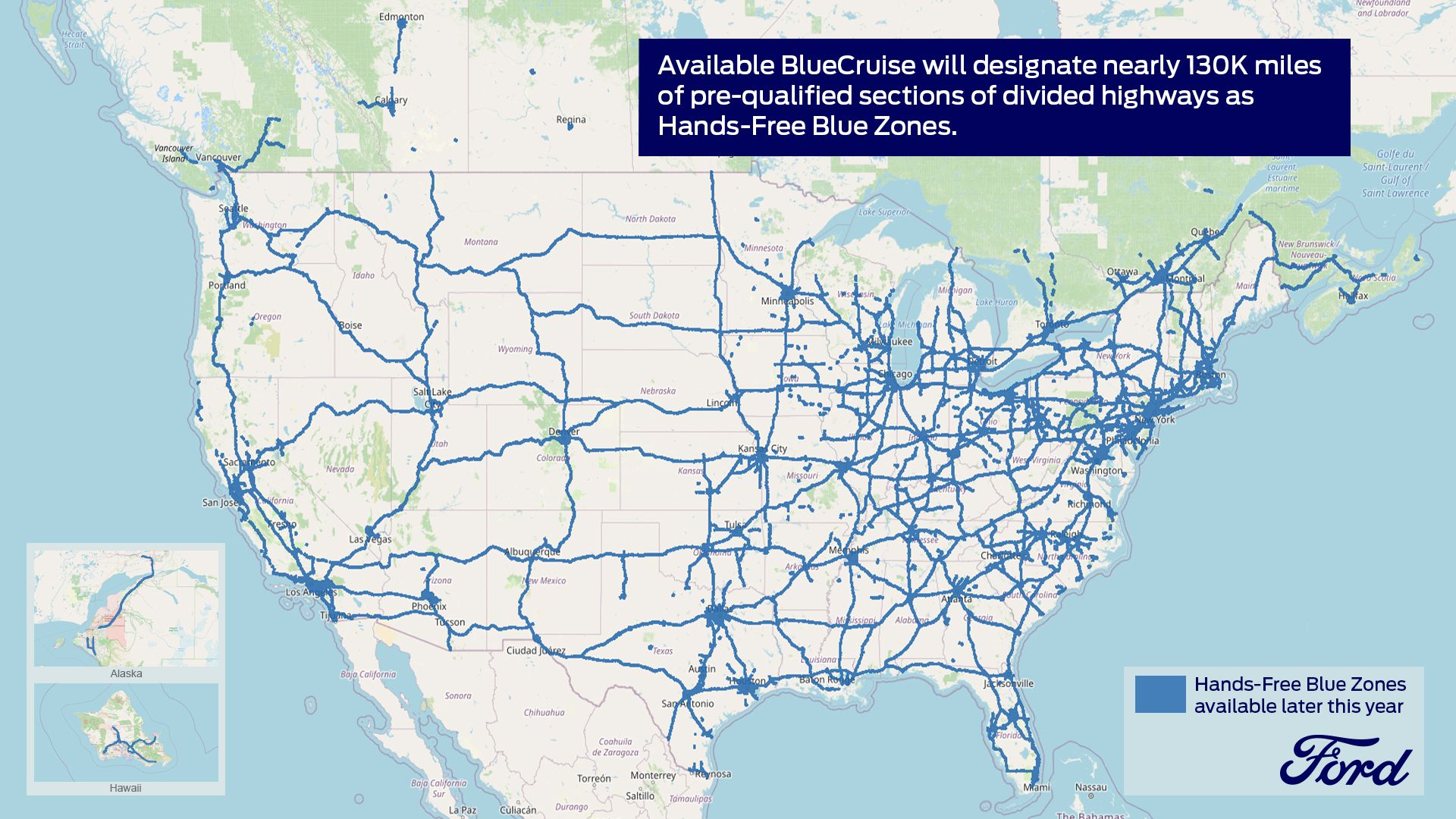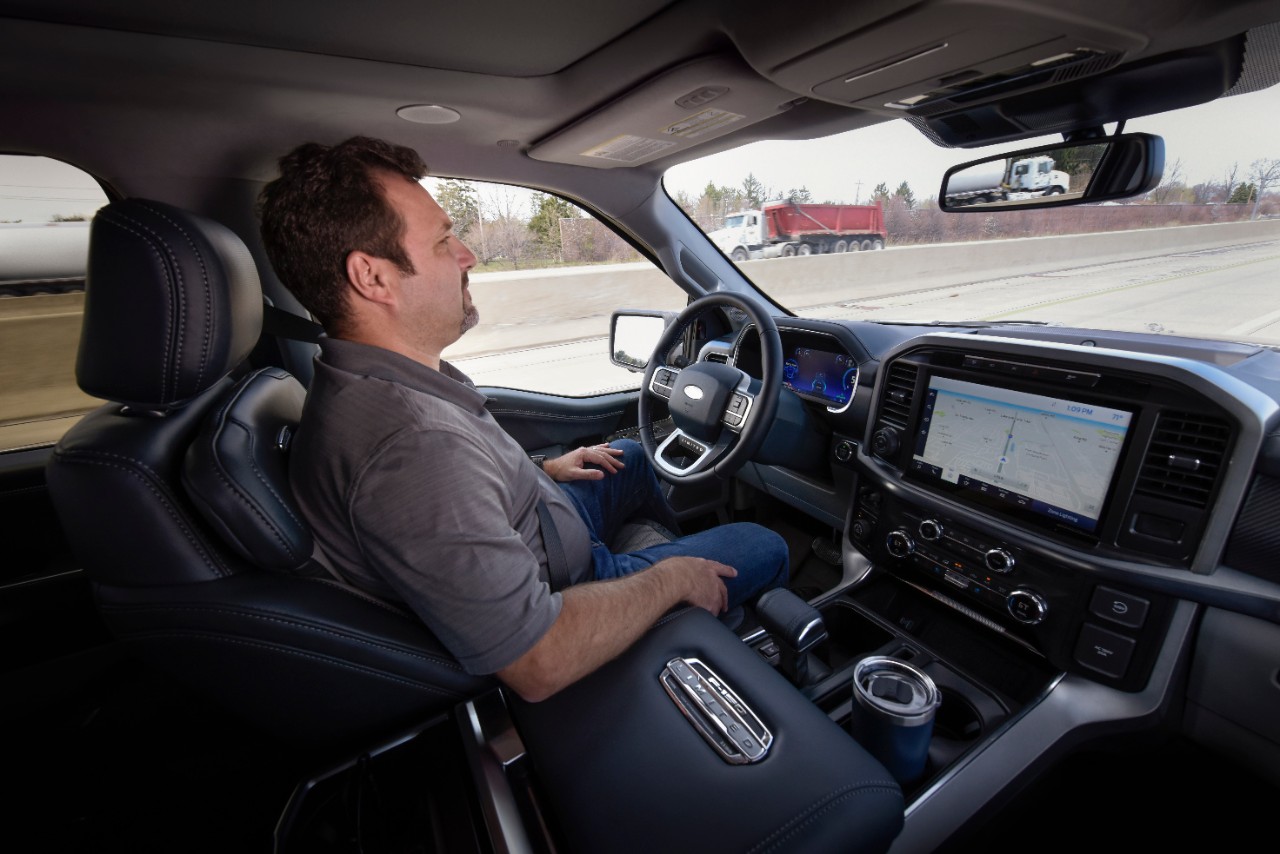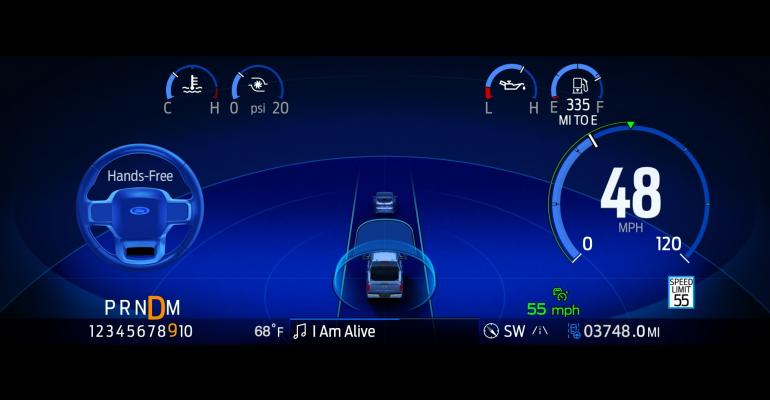We’re a long way from SAE Level 5 full driverless autonomy, at least for privately owned passenger vehicles. Local shuttles and delivery vehicles in geo-mapped areas are starting to carry the technology now, but for family outings and road trips...maybe someday.
What we do have today is SAE Level 2 (“Partial Automation”) in vehicles with available lane centering and adaptive cruise control. These systems keep us in our lane at a safe distance from the vehicle ahead without having to touch the brakes, and we can take our hands off the wheel for at least a few seconds at a time.
Some more advanced systems, including Cadillac’s Super Cruise, Tesla’s Autopilot and Nissan’s ProPilot, enable extended hands-free driving on specific geo-mapped expressways. But because the vehicle does not have environmental awareness beyond its lane boundaries and following gap – and we still have to stay alert and be ready to take control whenever these systems tell us to – they fall short of SAE Level 3 (“Conditional Automation”). We see them as Level 2.5.
Now, Ford is about to join that still-small fraternity with its BlueCruise hands-free system, which will become available this fall through an over-the-air software update on ’21 Ford F-150 and Mustang Mach-E vehicles equipped with a Ford Co-Pilot360Active 2.0 Prep Package.
Using both advanced camera and radar-sensing technologies, and building upon existing Intelligent Adaptive Cruise Control with Stop-and-Go, Lane Centering and Speed Sign Recognition capabilities, BlueCruise will allow a driver to operate hands-free on nearly 130,000 miles (209,209 km) of prequalified “Hands-Free Blue Zone” sections of divided highways (see map below). It will expand to additional roads and more Ford vehicles over time.
BlueCruise uses blue lighting on the digital instrument cluster to indicate when the vehicle is in a hands-free zone. A visual prompt on the cluster notifies drivers when they need to return their attention to the road and/or resume control of the vehicle. Unlike some other systems, the cluster communicates that the feature is in Hands-Free mode through text and blue lighting cues that are effective even for drivers with color blindness.
Planned future enhancements include Lane Change Assist (a feature recently added to Cadillac’s Super Cruise), which will let the vehicle change lanes with just a tap of the turn signal indicator, and Predictive Speed Assist that will adjust vehicle speed for road curves, roundabouts and more. General Motors, by the way, has sued Ford to block the use of the name BlueCruise, which sounds a lot like GM's Super Cruise, a system that has been on the road a few years.
We recently test-drove BlueCruise in an F-150 pickup on Interstate 94 near Ford’s Dearborn headquarters and found that it works very well.
Like conventional cruise control, it’s activated by a button on the steering wheel, its chosen speed can be incrementally increased or decreased with plus/minus buttons, and it can be deactivated by a touch of the brake, then resumed by another button.

Like adaptive cruise, it also lets you choose the gap you want to maintain from the vehicle ahead. But what sets it apart is its ability to take over steering control and keep you centered in your lane as long as its cameras can clearly see the lane markers on a prequalified highway – and as long as you’re paying attention. A camera in the instrument cluster watches your eyes (even through sunglasses) to ensure that they stay on the road ahead.
If you look down at your phone or at the infotainment touchscreen a bit too long, it visually and audibly reminds you to look back up and ahead. We didn’t test this, but we’re told that if the driver fails to respond (say, in a medical emergency), the warnings get louder while the vehicle eventually slows to a stop while maintaining lane centering.
Last year, Ford sent a fleet of 10 test vehicles – five F-150s and five Mustang Mach-E BEVs – more than 110,000 miles (177,100 km) through 37 states and five Canadian provinces to test BlueCruise against a wide range of road, weather and traffic conditions.
The final leg of a development process that ran up more than a half-million miles of test drives, each designed to evaluate a specific aspect of BlueCruise, this test challenged the system to cope with variances in road signage, lane markings, exit ramps, traffic patterns and weather.

“We really wanted to push BlueCruise to its limits,” says driver-assist technology supervisor Justin Teems. “Every state builds roads a little differently. When you include factors like lane line degradation, weather and construction, building a hands-free driving system becomes extremely complex.”
Ford says ’21 F-150 (pictured above) and Mustang Mach-E customers will be able to purchase BlueCruise – including a three-year service period – by year’s end. For F-150, BlueCruise is available as part of the Ford Co-Pilot 360 Active 2.0 package – standard on F-150 Limited and available as an option on Lariat, King Ranch and Platinum models – for a total of $1,595 ($600 for the software and $995 for the hardware).
For Mustang Mach-E, BlueCruise will be standard on CA Route 1, Premium and First Edition variants and available on the Select trim for $3,200 ($600 for the software, $2,600 for the rest of the package) as part of the larger Comfort and Technology package, which includes features such as a 360-degree camera, heated front seats and heated steering wheel.
Based on company sales and take-rate projections, Ford plans to sell more than 100,000 vehicles equipped with BlueCruise in its first year of availability.
BlueCruise as it will appear in Ford Mustang Mach-E.





